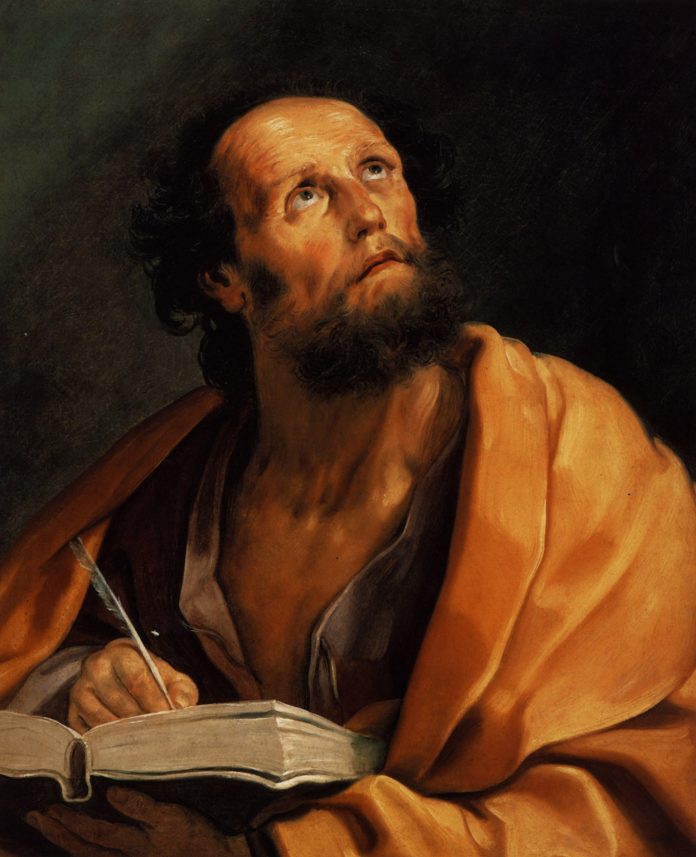Few church-going Christians have heard about it, but whether there was a written record of Jesus’s sayings that much of the gospels of Matthew, Mark and Luke were based on is a favorite point of conjecture for ministers and theologians.
For the German word “quelle,” which means “source,” the probability of the Q Source’s existence during the First Century A.D. is impossible to determine, say the Revs. Larry Hood and Aubrey Jones.
But the consanguinity of the Synoptic Gospels makes the idea intriguing. “It seems like a lot of things have this one source and then the guys added their own memories and recollections,” said the Rev. Hood, pastor of St. Andrew Cumberland Presbyterian Church.
“I don’t know. It’s one of those mysteries, but it does seem that there is something else behind this that pulls them together.”
Having given the subject a lot of thought, Hood believes that Nicodemus, a rabbi and member of the Sanhedrin who was privately convinced of Jesus’s divinity, wrote the Q Source, of which no remnants have ever been found. “Nicodemus was in a great place to write it,” he said.
“He was like a conscientious objector. He had too much invested to break and run. The cost would have been too great. But he was very inquisitive and he could travel wherever he wanted. He had a chance to see behind the scenes and write something that would be kept secret.”
Nicodemus is mentioned three times in the Gospel of John: 3:1-21, where he visits Jesus at night to discuss his teachings and confide his belief that Jesus is from God; 7:50-51, where he reminds the Sanhedrin that a man should be allowed to explain himself before he is judged; and 19:39-42, where he joins Joseph of Arimathea to take Jesus’s body down from the Cross, wrap it in spices and carry it to the tomb.
“Jesus taught for three years, so the Sermon on the Mount was probably not something that he just said once,” Hood said. “The Q Source was not taught much at the Southwestern Baptist Theological Seminary in Fort Worth, but I believe it is possible.”
He noted that the whole New Testament was written before the temple in Jerusalem was destroyed in 70 A.D.
The Rev. Jones, pastor of Chapel Hill Baptist Church, said most of his professors at Brite School of Divinity at Texas Christian University were skeptical of the Q Source, but as a Southern Baptist he was more open to the idea. “John tells us that Jesus said and did a lot of things that were never written, but we have what we have to lead us to salvation and keep us in the faith,” Jones said.
“All of the God’s word is inspired, but the Q Source would explain why the parts of the Synoptic Gospels are similar. I believe the gospels are God’s word, so I don’t spend a lot of time thinking about, is this Q? when I’m writing a sermon. The church was having an incredible struggle and the fact that they preserved what they did is remarkable. The Bible is the most reliable of any ancient text or source. We don’t have anything else written within the short space of the time of events.”
Whoever may have written the Q Source, Jones said, it probably began as things that Jesus’s disciples memorized and treasured. “Your job as a disciple is to remember,” he said.
“It was not a written society. It was much more in the oral tradition like parts of Africa, Australia and South America are today. You passed down what you received because it was something important and sacred. You didn’t change it.”




